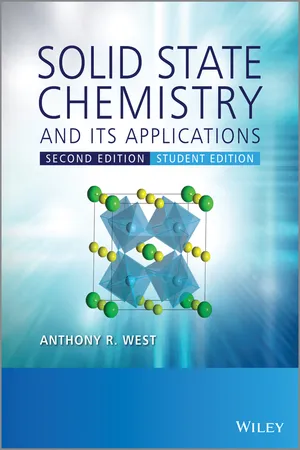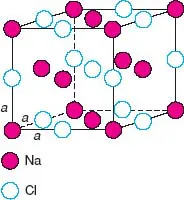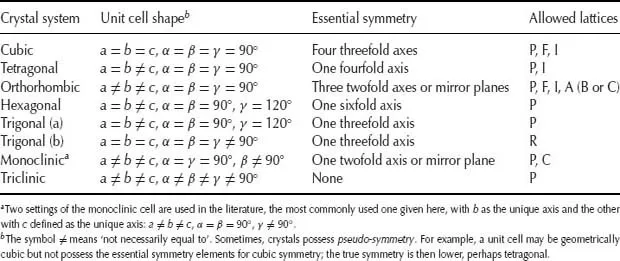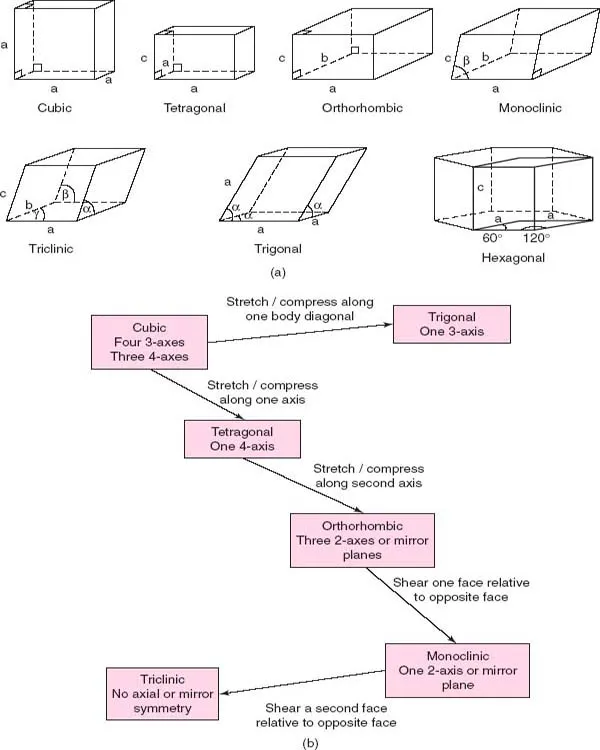
- English
- ePUB (mobile friendly)
- Available on iOS & Android
Solid State Chemistry and its Applications
About this book
Solid State Chemistry and its Applications, 2nd Edition: Student Edition is an extensive update and sequel to the bestselling textbook Basic Solid State Chemistry, the classic text for undergraduate teaching in solid state chemistry worldwide.
Solid state chemistry lies at the heart of many significant scientific advances from recent decades, including the discovery of high-temperature superconductors, new forms of carbon and countless other developments in the synthesis, characterisation and applications of inorganic materials. Looking forward, solid state chemistry will be crucial for the development of new functional materials in areas such as energy, catalysis and electronic materials.
This revised edition of Basic Solid State Chemistry has been completely rewritten and expanded to present an up-to-date account of the essential topics and recent developments in this exciting field of inorganic chemistry. Each section commences with a gentle introduction, covering basic principles, progressing seamlessly to a more advanced level in order to present a comprehensive overview of the subject.
This new Student Edition includes the following updates and new features:
- Expanded coverage of bonding in solids, including a new section on covalent bonding and more extensive treatment of metallic bonding.
- Synthetic methods are covered extensively and new topics include microwave synthesis, combinatorial synthesis, mechano-synthesis, atomic layer deposition and spray pyrolysis.
- Revised coverage of electrical, magnetic and optical properties, with additional material on semiconductors, giant and colossal magnetoresistance, multiferroics, LEDs, fibre optics and solar cells, lasers, graphene and quasicrystals.
- Extended chapters on crystal defects and characterisation techniques.
- Published in full colour to aid comprehension.
- Extensive coverage of crystal structures for important families of inorganic solids is complemented by access to CrystalMaker® visualization software, allowing readers to view and rotate over 100 crystal structures in three dimensions.
- Solutions to exercises and supplementary lecture material are available online.
Solid State Chemistry and its Applications, 2nd Edition: Student Edition is a must-have textbook for any undergraduate or new research worker studying solid state chemistry.
Frequently asked questions
- Essential is ideal for learners and professionals who enjoy exploring a wide range of subjects. Access the Essential Library with 800,000+ trusted titles and best-sellers across business, personal growth, and the humanities. Includes unlimited reading time and Standard Read Aloud voice.
- Complete: Perfect for advanced learners and researchers needing full, unrestricted access. Unlock 1.4M+ books across hundreds of subjects, including academic and specialized titles. The Complete Plan also includes advanced features like Premium Read Aloud and Research Assistant.
Please note we cannot support devices running on iOS 13 and Android 7 or earlier. Learn more about using the app.
Information




Table of contents
- Cover
- Endorsments
- Title Page
- Copyright Page
- Dedication
- Preface
- Chemistry – Solid State Chemistry – Materials Chemistry – Materials Science and Engineering
- Companion Website
- Biography
- 1: Crystal Structures and Crystal Chemistry
- 2: Crystal Defects, Non-Stoichiometry and Solid Solutions
- 3: Bonding in Solids
- 4: Synthesis, Processing and Fabrication Methods
- 5: Crystallography and Diffraction Techniques
- 6: Other Techniques: Microscopy, Spectroscopy, Thermal Analysis
- 7: Phase Diagrams and their Interpretation
- 8: Electrical Properties
- 9: Magnetic Properties
- 10: Optical Properties: Luminescence and Lasers
- Further Reading
- Appendix A: Interplanar Spacings and Unit Cell Volumes
- Appendix B: Model Building
- Appendix C: Geometrical Considerations in Crystal Chemistry
- Appendix D: How to Recognise Close Packed (Eutactic) Structures
- Appendix E: Positive and Negative Atomic Coordinates
- Appendix F: The Elements and Some of Their Properties
- Questions
- Index